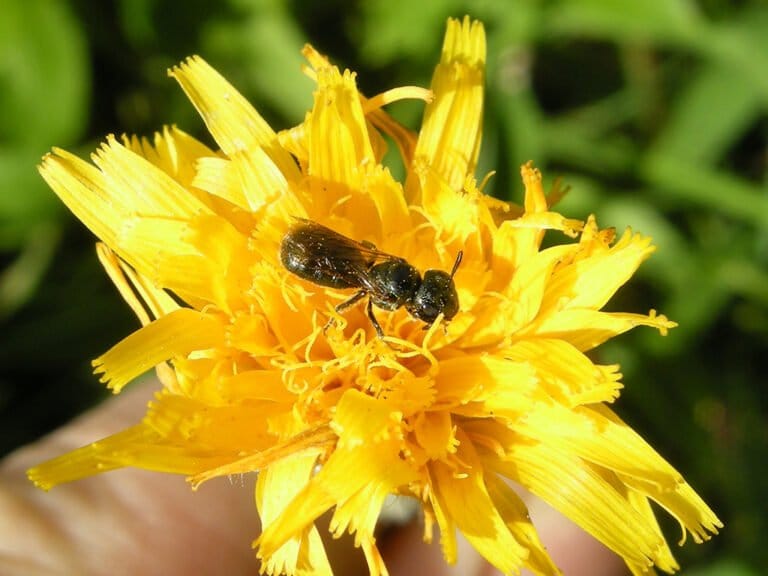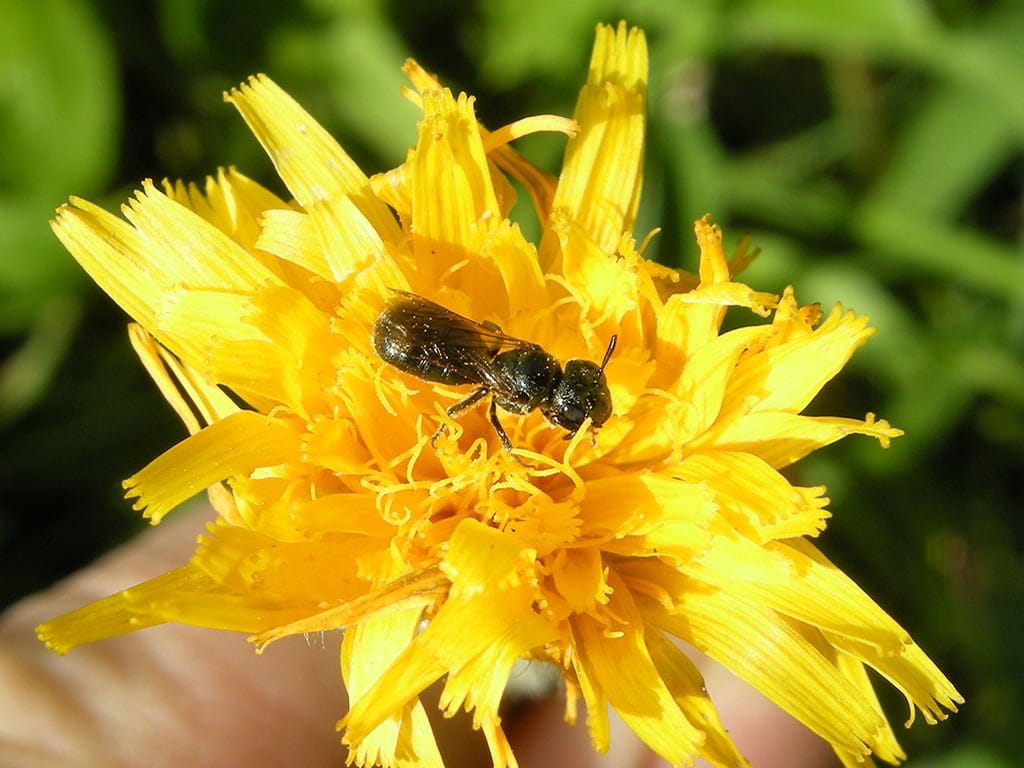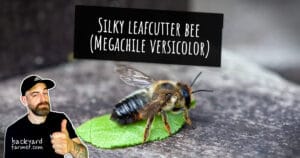Small Carpenter Bee Identification: A Complete Guide
The Small Carpenter Bee, scientifically known as Ceratina cyanea, is a small but significant solitary bee species commonly found in Europe. Known for its shiny, metallic appearance, this bee plays a vital role in pollination, particularly in gardens and wildflower meadows.
Understanding how to identify the Small Carpenter Bee and recognizing its unique behaviors can help you appreciate the diversity and importance of these tiny pollinators.
Behavior and Habitat of the Small Carpenter Bee
The Small Carpenter Bee is most active during the warmer months, from spring to late summer. Unlike larger carpenter bees that bore into wood, Ceratina cyanea prefers to nest in the soft pith of dead stems from plants such as brambles, roses, and elder. These bees are often found in gardens, meadows, and woodland edges where such nesting sites are abundant.
As a solitary species, each female creates her own nest without the aid of a colony. Despite their small size, these bees are efficient pollinators, contributing to the health of various plants by visiting a wide range of flowers.
Nesting Habits of Ceratina cyanea
The Small Carpenter Bee gets its name from its ability to excavate nests in the pithy centers of plant stems. The female bee begins by chewing out a small tunnel in a suitable stem, where she will create a series of cells.
Each cell is provisioned with pollen and nectar, which serves as food for the developing larvae. After laying an egg in each cell, the female seals it off with a partition made from chewed plant material.
The larvae develop within these cells, eventually pupating and emerging as adult bees the following season. This simple yet effective nesting strategy makes the Small Carpenter Bee an excellent example of adaptability in the insect world.
How to Identify the Small Carpenter Bee
Small Carpenter Bee identification is relatively easy due to the bee’s distinct size and coloration. These bees are small, typically measuring around 5-7mm in length, making them much smaller than their larger carpenter bee relatives. The body of Ceratina cyanea is slender and elongated, with a shiny, metallic blue or greenish-black coloration that reflects light, giving the bee a jewel-like appearance.
One of the key features to look for in Small Carpenter Bee identification is the bee’s behavior around plant stems. Females can often be seen entering or exiting small holes in dead stems, where they are either excavating a nest or tending to their larvae.
Males are similar in appearance but tend to be slightly smaller and have less pronounced mandibles. Both sexes have short antennae and wings that are relatively clear and well-suited for their size.
Encouraging Small Carpenter Bees in Your Garden
If you wish to attract and support Small Carpenter Bees in your garden, consider leaving dead plant stems standing over the winter, as these provide essential nesting sites for the bees. Avoid heavy pruning or clearing of garden debris too early in the season, as this can disturb the bees’ nests.
Additionally, planting a variety of flowering plants, particularly native species, will provide the necessary nectar and pollen these bees need. By creating a bee-friendly environment, you can enjoy the presence of these tiny pollinators while contributing to the health of your local ecosystem.
– Click here to get back to How to Identify Bees






